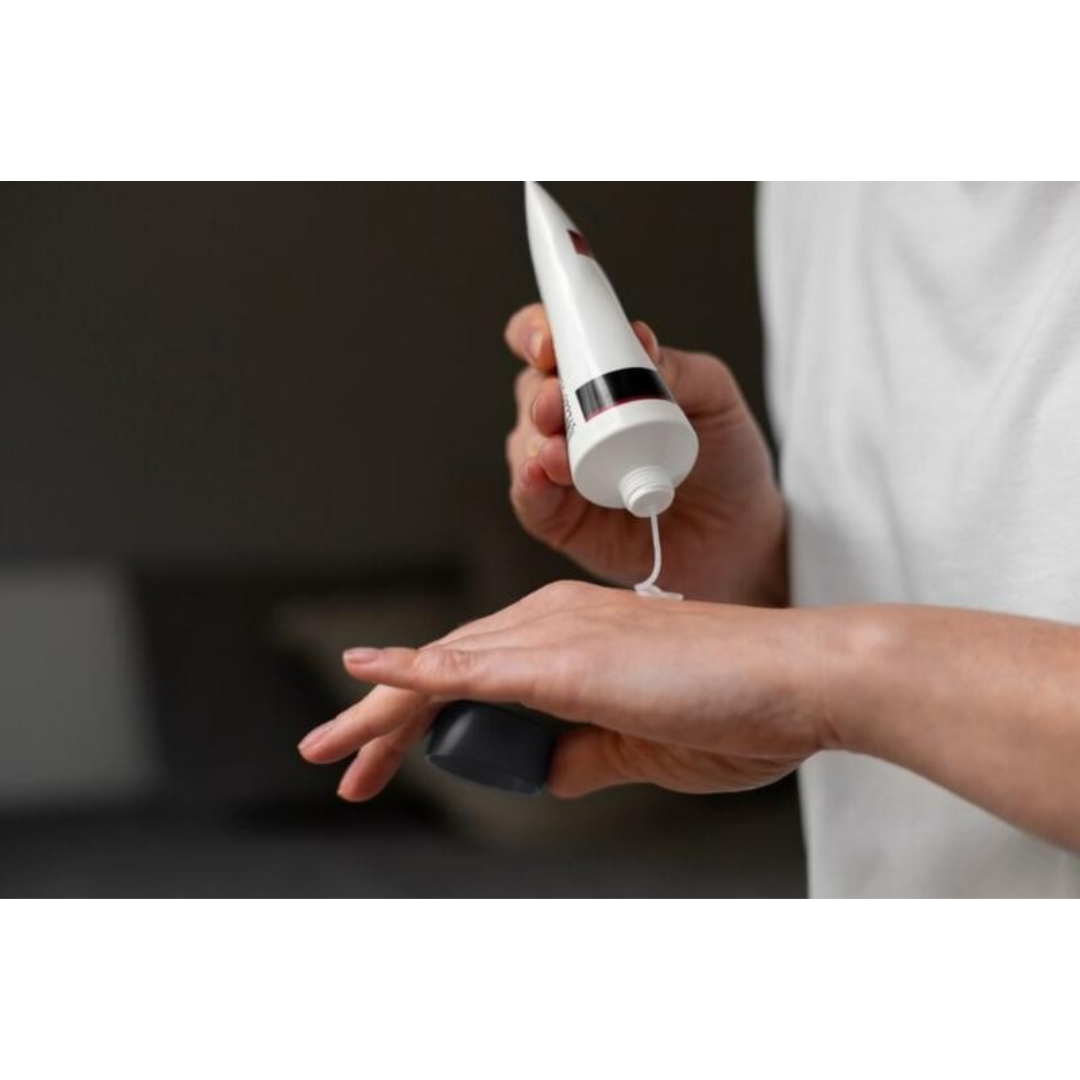A potent antibiotic used to treat bacterial skin infections is mupirocin ointment. This topical treatment works well for treating a variety of skin conditions, such as folliculitis, impetigo, and small bacterial wounds. It's critical to use the ointment correctly and comprehend its benefits if you want to make the most of it.
It stops the growth and spread of bacteria by preventing the synthesis of bacterial proteins. It works especially well against two common causes of skin infections, Streptococcus pyogenes and Staphylococcus aureus. It is usually applied to the affected area up to three times a day, as directed by a healthcare provider. It comes in both ointment and cream forms.
Steps to Maximize the Benefits
1.Proper Application
- The affected area should be gently cleaned with a mild soap and water solution before applying mupirocin. Dry the skin with a clean towel to ensure there is no dirt or debris left on it.
- Apply a Thin Layer: Apply a tiny quantity of ointment to the afflicted area and spread it evenly. Steer clear of using excessive amounts as this won't improve efficacy and could result in waste.
- Cover if Necessary: Your doctor might advise applying a sterile bandage to the affected area to prevent further infection, depending on the location and intensity of the infection.
2.Follow the Prescribed Regimen
- Adhere to the Schedule: Give mupirocin exactly as prescribed. On average, it is used two or three times per day. The effectiveness of treatment can be reduced and the likelihood of bacterial resistance raised by skipping doses or quitting too soon.
- Complete the Course: To make sure all bacteria are eliminated, use mupirocin for the entire prescribed duration, even if the infection seems to have cleared up.
3.Maintain Proper Storage
- Store Correctly: Mupirocin ointment should be kept at room temperature and out of direct sun and moisture. To preserve the tube's potency and avoid contamination, make sure it is closed tightly.
- Check Expiry Dates: Medicine that has expired may be less effective. Check the expiration date frequently, and replace the ointment as necessary.
Enhancing Skin Health
1.Preventative Measures
- Maintain Hygiene: Wash your hands frequently and keep the affected area clean to stop bacteria from spreading to other areas of your body or other people.
- Avoid Sharing Personal Items: To avoid cross-contamination, avoid sharing bedding, clothes, or towels with other people while you are treating an infection.
2.Complementary Skincare
- Use Gentle Products: To prevent irritating the infected skin, choose gentle cleansers and moisturizers without fragrance.
- Hydrate the Skin: Moisturizing the skin can aid in the healing process. To avoid dryness, gently apply a moisturizer that is non-comedogenic to the surrounding areas.
3.Boost Immune Health
- Healthy Diet: Consuming a well-balanced, vitamin- and mineral-rich diet promotes general skin health and speeds up the healing process after infections.
- Stay Hydrated: Water consumption boosts the immune system and keeps the skin hydrated.
When to Consult a Healthcare Provider
Speak with your doctor if the infection gets worse or if you stop feeling better a few days after starting mupirocin. They might have to reconsider their course of treatment, consider using a different antibiotic, or look into any underlying medical issues.
Mupirocin 2% Ointment is an extremely effective treatment for bacterial skin infections when used as directed. By taking this medication as prescribed, following the suggested schedule, monitoring for side effects, and maintaining your skincare routine, you can maximize its benefits. Always seek the counsel of a healthcare provider to guarantee the best outcomes for the condition of your skin.





Comments